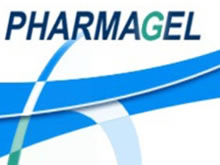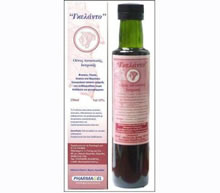
Vasoplegia or vasoplegic syndrome (VS)
Vasoplegia or vasoplegic syndrome (VS), Αγγειοπληγία ή αγγειοπληγικό σύνδρομο.
Refractory hypotension due to systemic inflammatory response. Despite the lack of uniform definitions, this condition is frequently called vasoplegia or vasoplegic syndrome (VS), and is thought to be due to dysregulation of endothelial homeostasis and subsequent endothelial dysfunction secondary to direct and indirect effects of multiple inflammatory mediators. Vasoplegia has been observed in all age groups and in various clinical settings, such as anaphylaxis (including protamine reaction), sepsis, hemorrhagic shock, hemodialysis, and cardiac surgery.
Among mechanisms thought to be contributory to VS, the nitric oxide (NO)/cyclic guanosine monophosphate (cGMP) pathway appears to play a prominent role. In search of effective treatment for vasoplegia, methylene blue (MB), an inhibitor of nitric oxide synthase (NOS) and guanylate cyclase (GC), has been found to improve the refractory hypotension associated with endothelial dysfunction of VS.
There is evidence that MB may indeed be effective in improving systemic hemodynamics in the setting of vasoplegia, with reportedly few side effects. Stawicki SP et al (2008) described the current state of clinical and experimental knowledge relating to MB use in the setting of VS, highlighting the potential risks and benefits of therapeutic MB administration in refractory hypotensive states.
References
Stawicki SP, Sims C, Sarani B, Grossman MD, Gracias VH. Methylene blue and vasoplegia: who, when, and how? Mini Rev Med Chem. 2008 May;8(5):472-90.
Το παρόν άρθρο προστατεύεται από το νόμο περί πνευματικής ιδιοκτησίας. Απαγορεύεται η μερική ή ολική αντιγραφή και χρήση του στο διαδίκτυο ή οποιοδήποτε άλλο έντυπο μέσο, εκτός και αν ζητηθεί έγγραφη άδεια από τον ιδιοκτήτη της παρούσας ιστοσελίδας.




